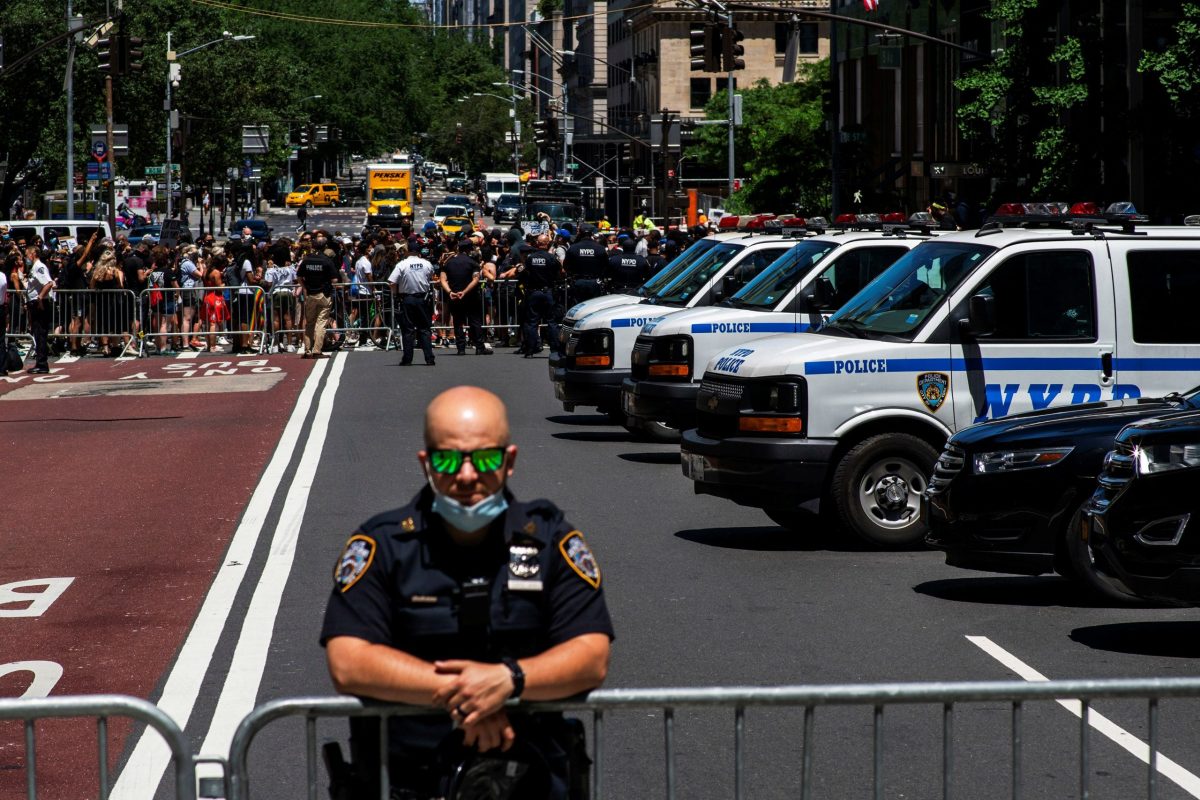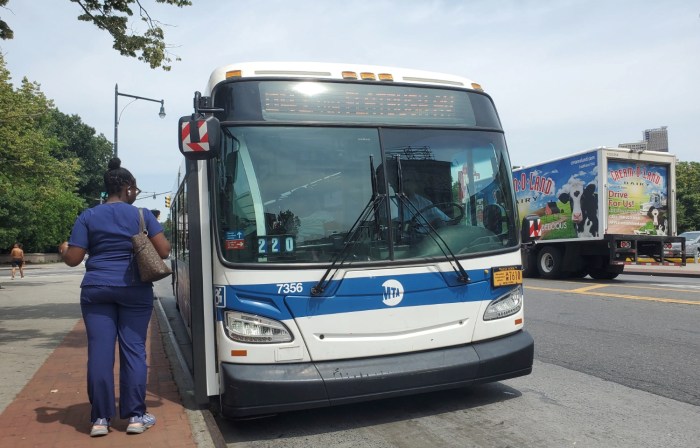New York City and other localities in the Empire State would lose almost all of their state funding if they don’t agree to reform their police departments by next April.
Governor Andrew Cuomo threw down that gauntlet with an executive order he signed on Friday. During his press briefing Saturday morning, Cuomo reiterated that the city, along with other counties and towns across New York, risk losing their funding from Albany next year if they don’t comply with the order — which compels them to work with stakeholders on reforming and modernizing policing in their communities.
Each city and county has until April 1 — the annual state budget deadline — to hammer out a new vision for their police departments and codify it through law. If they do not, Cuomo warned, they would risk losing their state funding for government functions. A handful of items, such as health and human services, would be funded directly by the state.
“We’re not going to tell you what to do, but we’ll tell you you have to go through the process, and you have to pass a law with your redesigned police force, and you have to do it by April 1,” the governor said on June 13. “If you don’t want state funding, you don’t have to do it. I don’t believe there’s a city or a county in this state that will say they don’t want state funding. But that’s the incentive of redesigning the police.”
The order establishes the New York State Reform Collaborative, which mandates that local governments, their police departments and various stakeholders meet and work together on a plan for policing their communities.
Municipalities that are satisfied with their policing force don’t have to do anything but pass a law affirming the department’s composition and duties, Cuomo said. But he noted that this also serves as an opportunity for cities to basically start from scratch.
The governor held up a blank notepad and a pen to punctuate that point, stating that those involved in the reform effort would present their ideas and develop their new policing plan.
“I’m saying to every community, [including] 500 police departments, what changes do you want? What do you want policing to look like in the year 2020?” he added. “Put pen to paper, sit down and redesign the police force.”
The reform effort, Cuomo said, would help rebuild trust between the police and the communities they serve — something that has significantly eroded due to incidents of police brutality and racial injustice. The police-involved murder of George Floyd in Minneapolis back on Memorial Day set off a wave of protests across the country demanding action.
“The police force is a function of what the community wants. The community pays for the police. The police don’t exist to spite the community; the police exist because that community wants them,” he added. “The relationship is broken in many of these communities. In some communities, it’s fine. But in communities that want a different relationship,” they can redesign and define it.
































